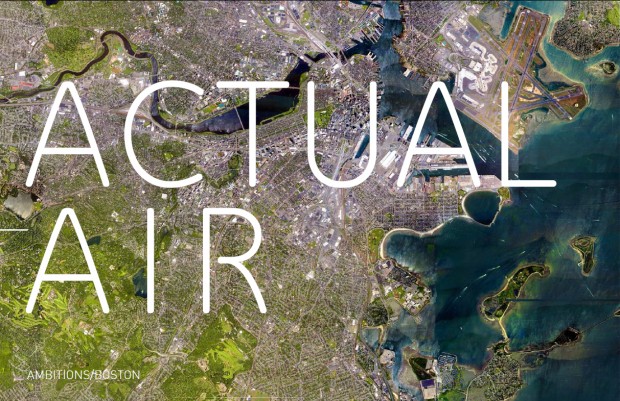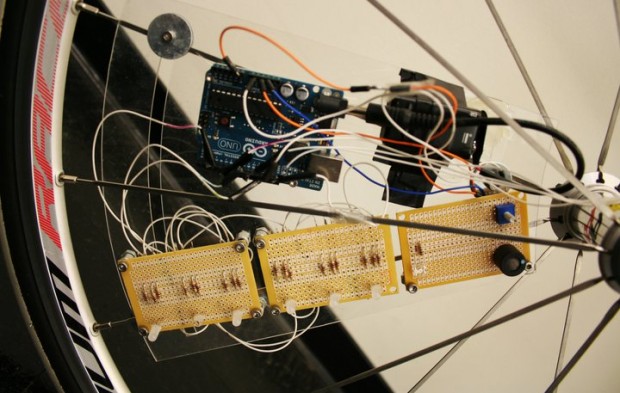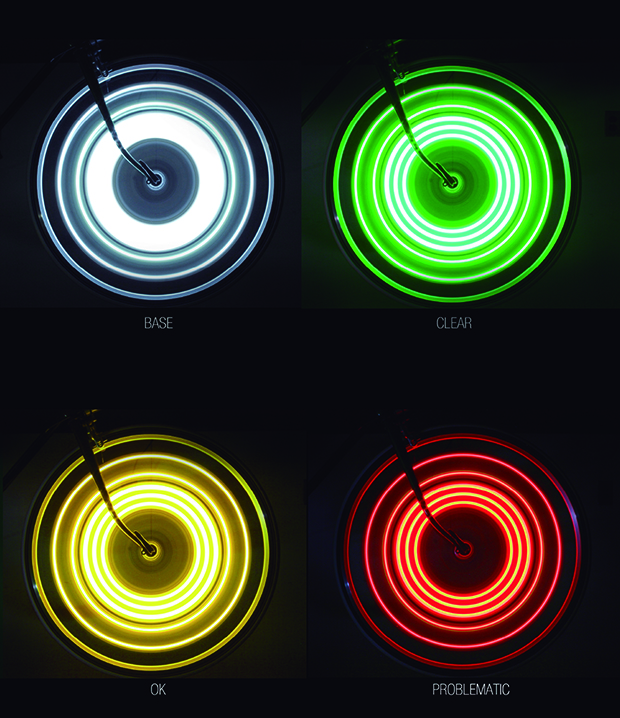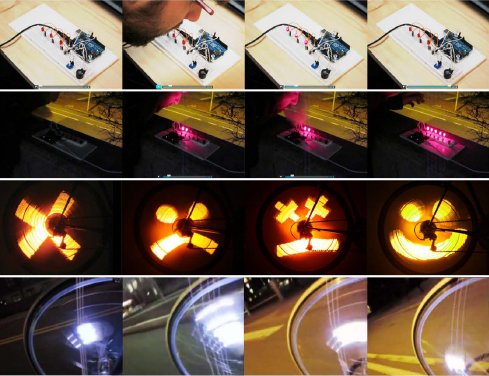Networked Urbanism
design thinking initiatives for a better urban life
apps awareness bahrain bike climate culture Death design digital donations economy education energy extreme Extreme climate funerals georeference GSD Harvard interaction Krystelle mapping market middle east mobility Network networkedurbanism nurra nurraempathy placemaking Public public space resources Responsivedesign social social market Space time time management ucjc visitor void waste water Ziyi
The ambition of this project responds to the context of apathy, detachment, and alienation individuals experience in response to challenges they face in urban environments. The project specifically focuses on air quality and the opportunities that sensor technology, low-cost do-it-yourself electronics, and social media enable individuals to explore, understand, and discuss within their communities. The current infrastructure of air-quality monitoring devices within Boston provides a misleading portrait of air quality. While the air quality can be considered “good” on average, an understanding of the micro-environments we experience on a daily basis aren’t adequately understood. This project provides the tools to explore these problem areas and serves as a template to imagine how individuals and communities can actively engage the public realm.
Research methods and project approaches are developed in two forms. The first is concerned with creating the processes and spaces necessary to enable participation and engagement. While citizen science efforts have a mixed history, this work is less about collecting legitimate data than it is about empowering individuals with the tools necessary to not only collect data, but also understand the different ways that data can be collected and transmitted. Empowerment cannot be considered authentic unless the individual has the capacity to decide how and if information is communicated and to whom. The second form of this work is about creating the tools necessary to enable the measurement of air quality. These tools are built upon a conceptualized kit of open-source and readily available set of parts which can be expanded upon to produce a variety of configurations. In a sense this D.I.Y kit is intended to be flexible as to allow for personal reconfiguration as well as function in a variety of opportunistic contexts.
Ecological and Empirical Context of Boston
The current infrastructure of air quality monitoring devices within Boston provides a misleading portrait of air quality. While the air quality can be considered “good” on average, clearly through current research and discussion, problem areas exist within certain locations and micro-environments. According to Dr. Douglas Dockery from the Harvard School of Public Health, “Current monitoring devices are not placed in locations which are meaningful to individuals.” Research led by Dr. Jonathon Levy from the Boston University School of Public Health focuses specifically on problematic micro-environments and participatory techniques to gather data from these environments . In Dr. Levy’s opinion an approach to this situation is to “overwhelm the problem with data.” This project provides the tools to explore and ‘overwhelm’ these problem areas with useful and meaningful information while serving as a template to imagine how individuals and communities can actively pursue challenges within their environments. Current air monitoring infrastructure is removed from the personal environments in which people experience the city. The difficulty in targeting these areas is the ability to understand where the problems are to begin with, as well as developing the tools necessary to allow access. In certain instances, such as near highways, air pollution related to automobile and diesel exhaust dissipates exponentially complicating the ability to understand how this pollution affects an entire neighborhood. The development of a broad-based network of individually controlled sensors provides a measure of personal experience as well as a measure of specific place.
Conceptual Kit
The project functions in two ways. The first is through a conceptual framework which focuses on enabling individual agency through the control and design of devices which can measure multiple parameters and produce multiple types of outputs. It is essential within the project that the outputting of information is controlled by the individual who is interested in bringing the resources and tools necessary to measure air quality within their environment and experience of urban space. The control of information is the first step in creating quality data. In this context, quality means something entirely different then in a research context. Here the quality of information needs to meet a certain empirical criteria, but more importantly has to be meaningful data. Meaning the data is directly connected to how people experience urban space and the variety of experiences people have within the city. Data collected at the top of building may be precise, but in the larger scope of the issue does little to better understand the air quality of individually experienced environments.
Sensing Bicycle Project
The conceptual kit of parts can in effect produce a wide range of possible tools to measure air quality. The focus of the project takes advantage of bicycles as an existing cultural artifact with a broad range of relationships and sub-cultures that are centered around bicycles. One of the fundamental purposes of the Bicycle prototype is to produce an evocative image and display which is designed to encourage and provoke the imagination of interest within the project. The idea of the bicycle is to use an existing cultural platform which offers a variety of existing relationships as a form of identity for individuals and a variety of sub-cultures. These sub-cultures range from hipsters, to scul, to road bicycling enthusiasts. Every person has a vision for how they would incorporate the basic structure of the project into their experience with bikes and urban space. The workshop becomes the meeting point in which the exchange of ideas, conversation, prototyping is allowed to happen. In a sense the bike becomes the armature for the deployment of the device in strategic locations. The bike is part of an imagined set of tools which are “rented” for the price of passing learned knowledge and information to the next person who is interested in using the bike. The idea of the process is to promote exchange between users of the device promoting the develop of a robust and extensive network of interested individuals. The prototypes thus become generators for the possibility and imagination to a wider audience. This happens in the way the documentation is framed and how the project enables itself to be addressed by wider audiences not only as a literal and conceptual kit of parts but also how the projects addresses specific sub-cultures and genres within the broader space and community of bicycle enthusiasts. Creating an evocative and expressive framework for what it can mean to capture data and research collectively.
Workshops
The ambition of the workshop is to create a space which enables the design and creation of tools which are personally meaningful and relevant expressions of how individuals could imagine designs in relationship with their bikes. The first step of the process includes a discussion of ideas, possibilities, and implementation strategies. The proceeding steps would facilitate and enable the implementation of individual ideas and designs.
Virtual Commons and Remapping the City
Conceptually the virtual commons functions as a public resource for the exchange of information and resources, as well as a platform for discussion and a remapping of the city according to individually collected data and experiences. The exchange of resources occurs in two ways. In one sense, through the development and uploading of tutorials which convey the process and methods in which to develop simple functioning air quality devices which can furthermore be reprogrammed as desired. The second type is an exchange of tools physically developed by individuals willing and enthusiastic about sharing the tools they have produced. I imagine this taking place in the context of the emerging use of the internet as forum to share locally owned items, for example neighborgoods.net. The underlying ambition with the second type is to create a mechanism to transfer knowledge amongst individuals and groups from the ground up. The idea being that you are allowed access to a tool as long as your willing to share the knowledge you have acquired to the next person or group. The development of a website which functions as the space in which tools are “rented” as well as the exchange and access to information. I imagine a wiki-page which allows for the participatory editing of tools which can be deployed. As well as the space for tutorials and instructions which can be uploaded by individual users.
Social Currency
Once information and data is gathered, how is it implemented? Who controls its use and its intended audience? How can the gathering of data serve as a moment of collective cultural and social action? An important dimension to this project is the ability to control the output of information gathered through individual action as well an understand of how to effectively achieve specific individually based goals. Whether its for the communication amongst friends, and understanding of a certain kind of experience of the city, or as a protest in the realm of environmental justice.
Stakeholders
The complex ecology of research and public space involves an important set of relationships between individuals, community groups, researchers, and policy makers. Why do researchers consider experiments failures? How can information be targeted towards beneficial ends? Implicit within this project is an understanding that the development and implementation of this type of research requires more then handing a device to an individual and asking them to carry it as it records data and submits information wirelessly to an ambiguous database. The database may provide valuable information to researchers, but misses the opportunity to connect identity with actions taken to produce that data. Within this context I consider the stakeholders to be foremost the individual and community grounds, as well as the researchers, and policymakers. Once information and data is gathered, how is it implemented? Who controls its use and its intended audience? How can the gathering of data serve as a moment of collective cultural and social action? An important dimension to this project is the ability to control the output of information gathered through individual action as well an understand of how to effectively achieve specific individually based goals. Whether its for the communication amongst friends, and understanding of a certain kind of experience of the city, or as a protest in the realm of environmental justice.




